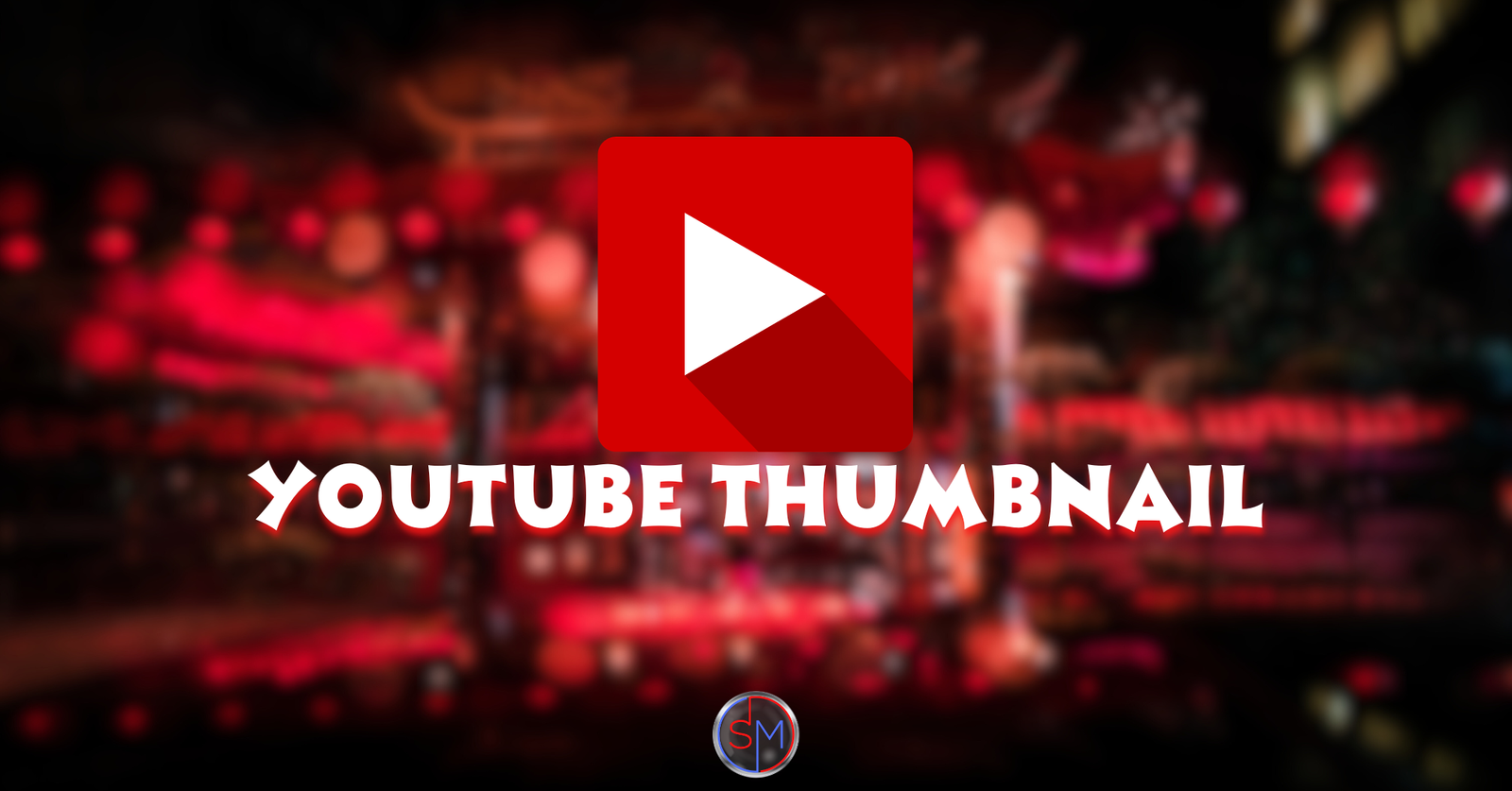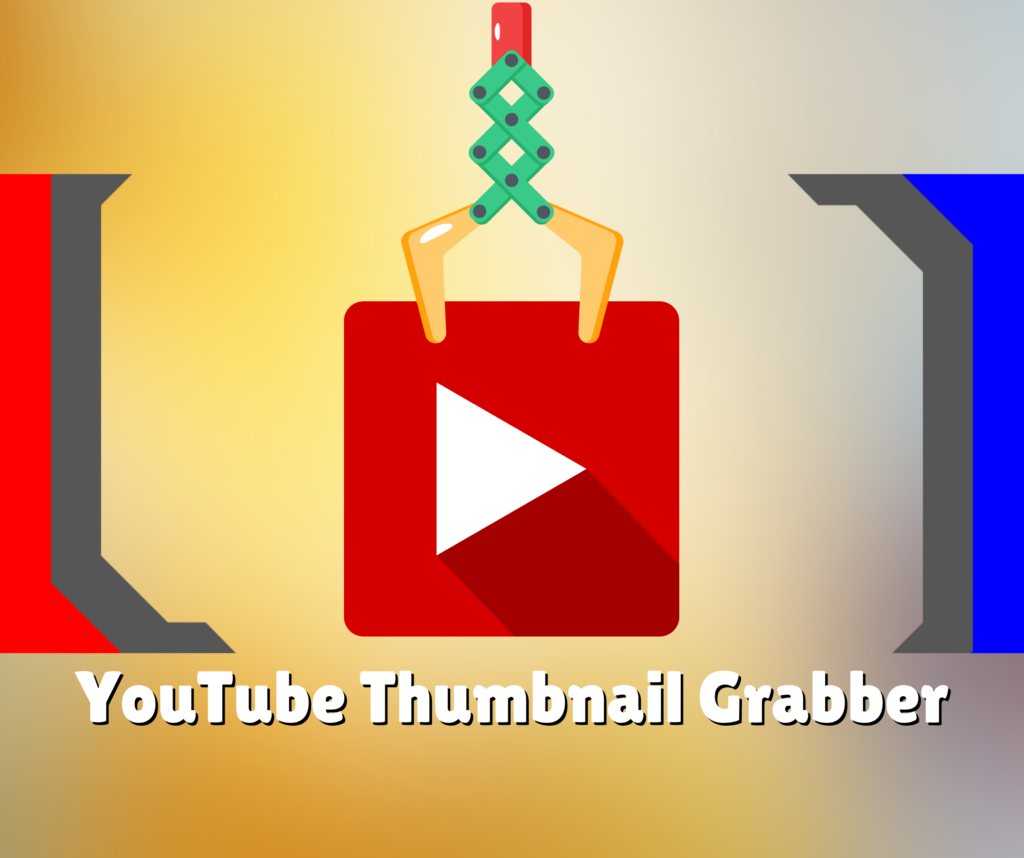
In today’s visually driven world, people prefer to see rather than just hear or read. For instance, if you describe a statue resting at the bottom of the sea, hands raised, head tilted upward, covered in algae, and surrounded by curious fish, it might sound intriguing. But modern audiences aren’t easily satisfied with just words. They want to watch it. Visual content, especially videos, brings credibility and comfort. That’s why when a doctor suggests a heart bypass surgery, the patient’s relatives don’t stop at just hearing the explanation—they immediately rush to YouTube and search, “What is a heart bypass operation?” Through detailed videos, they understand the process, gain confidence, and help the patient make an informed decision.
The same mindset applies when reading an article. Even this one might feel tiring for some readers who wonder, “Why should I read all this when a video could’ve explained it better?” They might appreciate the value of the topic—say, how to use a YouTube Thumbnail Grabber—but still prefer to consume it through a visual demo. And if the article doesn’t offer that, they’re likely to jump to YouTube and search for a video guide on YouTube Thumbnail Grabber instead. That’s how powerful and preferred visual learning has become today.

Table of Contents
ToggleThe economic impact of this popularity
Now you understand how YouTube has established its dominance in modern times, serving as a source of knowledge and entertainment for everyone. Every month, 2.7 billion people actively use YouTube, which is approximately one-third of the world’s total population. Among these users:
15.7% are aged 18–24, representing young adults,
21.5% are aged 25–34, in their prime adulthood,
17.9% are aged 35–44, who view and analyze things critically, distinguishing between good and bad, and are capable of guiding others,
12.9% are aged 45–54, experienced individuals with a wealth of knowledge,
9.4% are aged 55–64, whose time for major life calculations is mostly behind them, and
9.5% are aged 65 or older.
In terms of gender, 54.4% of YouTube users are male, and 45.6% are female. This illustrates YouTube’s profound position among people and its extensive reach across all types of audiences. This is the current position of YouTube in people’s lives.
Now, let’s talk about its economic impact. Some of you might be wondering, “Why are we being told about YouTube’s financial status when we came here to learn about YouTube Thumbnail Grabber?” Well, those of you searching for YouTube Thumbnail Grabber are likely interested in working on YouTube thumbnails or learning about them. Why do you want to learn about YouTube thumbnails? Because you’ve heard that good thumbnails can increase video views. And what happens when video views increase? You earn more revenue from your videos, right? So, isn’t it important to understand the platform that drives this revenue? Funny, isn’t it?
Let’s dive into some useful insights. If not for your work, you can still share this information with others who might benefit. Do you know what YouTube’s global ad revenue for Q1 2024 is? It’s $8.1 billion. Without getting into other calculations, consider this: with 2.7 billion monthly active users generating $8.1 billion in revenue, you can imagine the scale of this industry.
So, whether you want your share of revenue or just want to learn something valuable, it’s time to explore and understand YouTube Thumbnail Grabber.”

Role of Thumbnails: Why YouTube Emphasizes Them
To generate $8.1 billion in quarterly revenue, YouTube continuously undertakes thousands of tasks to maintain its ecosystem. Among these, one significant aspect is ensuring that their partners—content creators who produce and publish videos—are well-guided. These creators form the backbone of YouTube’s revenue generation, and YouTube consistently emphasizes one crucial piece of advice:
“Make your thumbnails attractive, subject-related, and well-presented.”
Creators are instructed to follow specific guidelines, such as maintaining a thumbnail size of 1280×720 pixels, ensuring clarity and relativity to the video content. For new video creators, these requirements may seem overwhelming, but they are critical to driving traffic. YouTube monitors traffic behavior regularly, analyzes patterns, and updates its policies to support its creators in maximizing engagement.
How YouTube Analyzes Traffic Behavior and Supports Thumbnail Improvements
A/B Testing:
When uploading a video, creators are given the option to “Test and Compare” their thumbnails. YouTube allows them to upload three thumbnails, which can be manually designed or auto-selected from the video. Based on user clicks, YouTube identifies the most effective thumbnail and declares it the winner.
In summary, A/B testing enables creators to use the thumbnail that performs best based on click-through rates (CTR). This system ensures that the thumbnail preferred by the audience becomes the final selection.
Click-Through Rate (CTR) Analysis:
YouTube provides impression and CTR data to evaluate the effectiveness of thumbnails. A high CTR indicates that the thumbnail is engaging viewers. Creators can use this data to refine their thumbnails, optimizing them for better performance.
AI-Based Tools:
Some creators utilize AI-driven thumbnail analysis tools to predict the effectiveness of their thumbnails. These tools assist in making data-driven design decisions, ensuring optimal results.
Suggestions for Old Videos:
YouTube also encourages creators to revisit older videos, apply A/B testing on their thumbnails, and analyze the performance. This process helps creators understand what works best for their audience, improving engagement for both new and existing videos.
YouTube's Support for Thumbnail Optimization
YouTube goes to great lengths to assist its creators in improving their thumbnails. From providing tools for A/B testing to sharing detailed analytics, YouTube ensures that creators understand the significance of thumbnails. The platform’s investment in supporting creators highlights how essential thumbnails are to their ecosystem.
Now that you’ve explored YouTube’s management strategies for thumbnails, you’ll automatically realize the importance of tools like YouTube Thumbnail Grabber—why it exists, and how it simplifies the process for creators striving for better engagement.
What is a YouTube Thumbnail Grabber?

YouTube Thumbnail Grabber is an instrument or software that lets users download thumbnails from any YouTube video. Commonly, it helps users save custom or default thumbnails of a video in different sizes or resolutions. Content creators or designers often use this tool to analyze popular thumbnails—breaking down their elements such as colors, fonts, focus points, and overall design—to create better designs for themselves or their clients. However, some people attempt to directly copy and paste thumbnails for their content, which doesn’t work (“doesn’t hold water” as the American saying goes) and often leads to copyright issues.
Relevance of YouTube Thumbnail Grabber:
For Research and Inspiration:
Content creators can use YouTube Thumbnail Grabber to view and analyze thumbnails to understand how they’re designed to be appealing. This helps in improving their own or their client’s future thumbnails.
Competitor Analysis:
By collecting and analyzing competitors’ video thumbnails, creators can study their quality, design style, and how they attract viewers.
Tool for Designers:
Designers can collect examples of thumbnails to develop fresh ideas or explore new angles for their projects.
User Engagement Study:
Remark the colors, fonts, and elements of thumbnails can provide insights into which types of blueprints are most fruitful at attracting clicks in visitor’s minds.
Legal and Ethical Considerations:
Although this tool can be highly effective, it’s crucial to comply with copyright laws and YouTube policies while using it. Downloading and modifying thumbnails or claiming them as your own is illegal and can lead to penalties.
The relevance of YouTube Thumbnail Grabber depends totally on how it is used. While it can be an expensive tool for research, analysis, and generating new themes, it’s essential to use it responsibly by adhering to legal and ethical guidelines.
How Does a YouTube Thumbnail Grabber Work?
Step-by-Step Guide:
- 01. Copy the YouTube video link.
- 02. Paste the link into a Thumbnail Grabber tool.
- 03. View thumbnails in different resolutions.
- 04. Select your preferred resolution and download it.
Examples of Popular Tools:
Copyright and Ethical Considerations:
- Obtain permission before using someone else’s thumbnail.
- Avoid violating copyright laws.
- Use others’ designs only as references, not for direct use.
Creating Your Own Thumbnails:
Why is it important to create your thumbnails?
It ensures originality, avoids copyright issues, and more effectively represents your brand or content.
Popular Tools for Thumbnail Design:
- Canva
- Adobe Photoshop
- Figma
Tips for Designing Attractive Thumbnails:
Use the right combination of fonts, color schemes, and images to grab attention.
Limitations of YouTube Thumbnail Grabber:
- Potential copyright issues.
- Some tools may have low download speeds.
- The quality of thumbnails may sometimes be affected.
Alternatives to YouTube Thumbnail Grabber:
- Use YouTube Studio to access and utilize thumbnails.
- Take manual screenshots and create custom thumbnails.
- Use dedicated design tools to download or create thumbnails.
Tips for Effective Use:
- Always download high-resolution thumbnails.
- Use thumbnails as references, not for copying.
- Utilize reliable tools for better results.
YouTube Thumbnail Grabber is a useful tool for users. Thumbnails play a crucial role in video marketing and content promotion. However, protecting copyright and focusing on designing your thumbnails remains the best approach.




